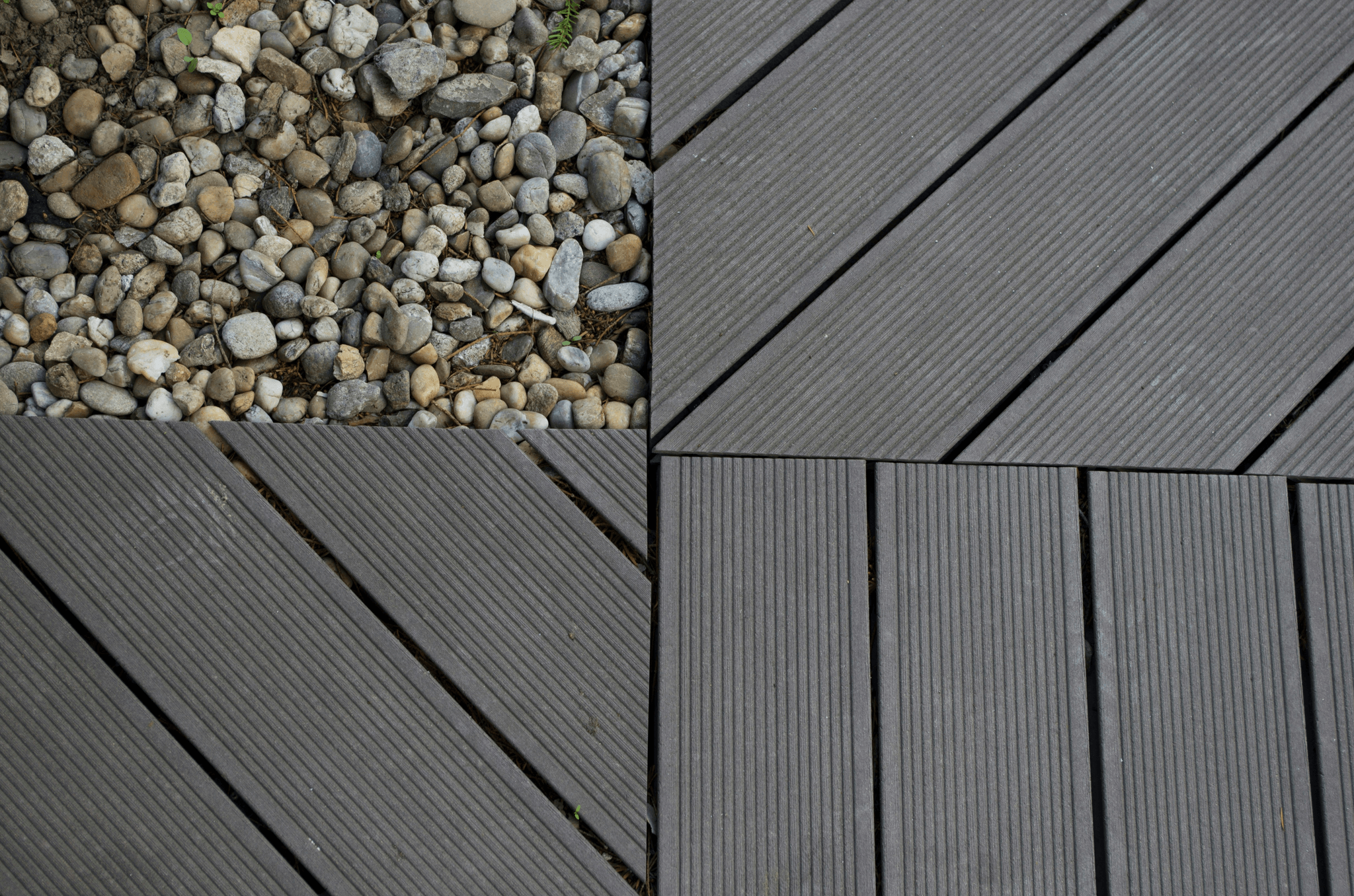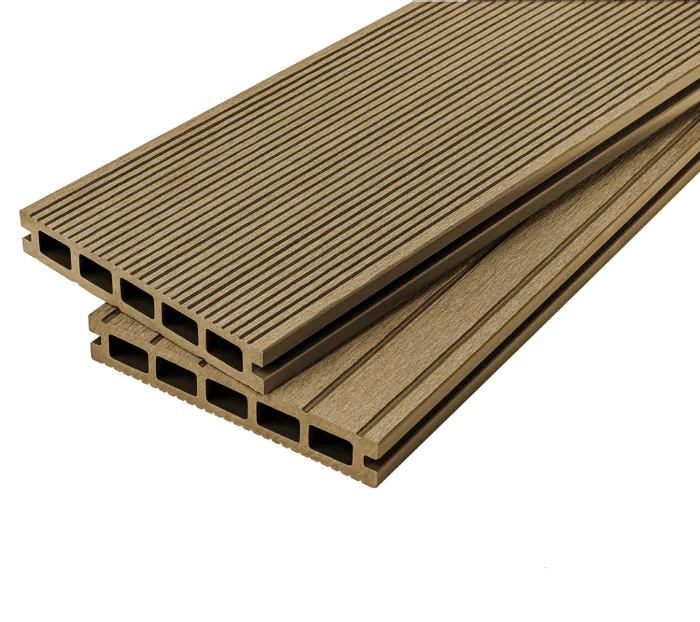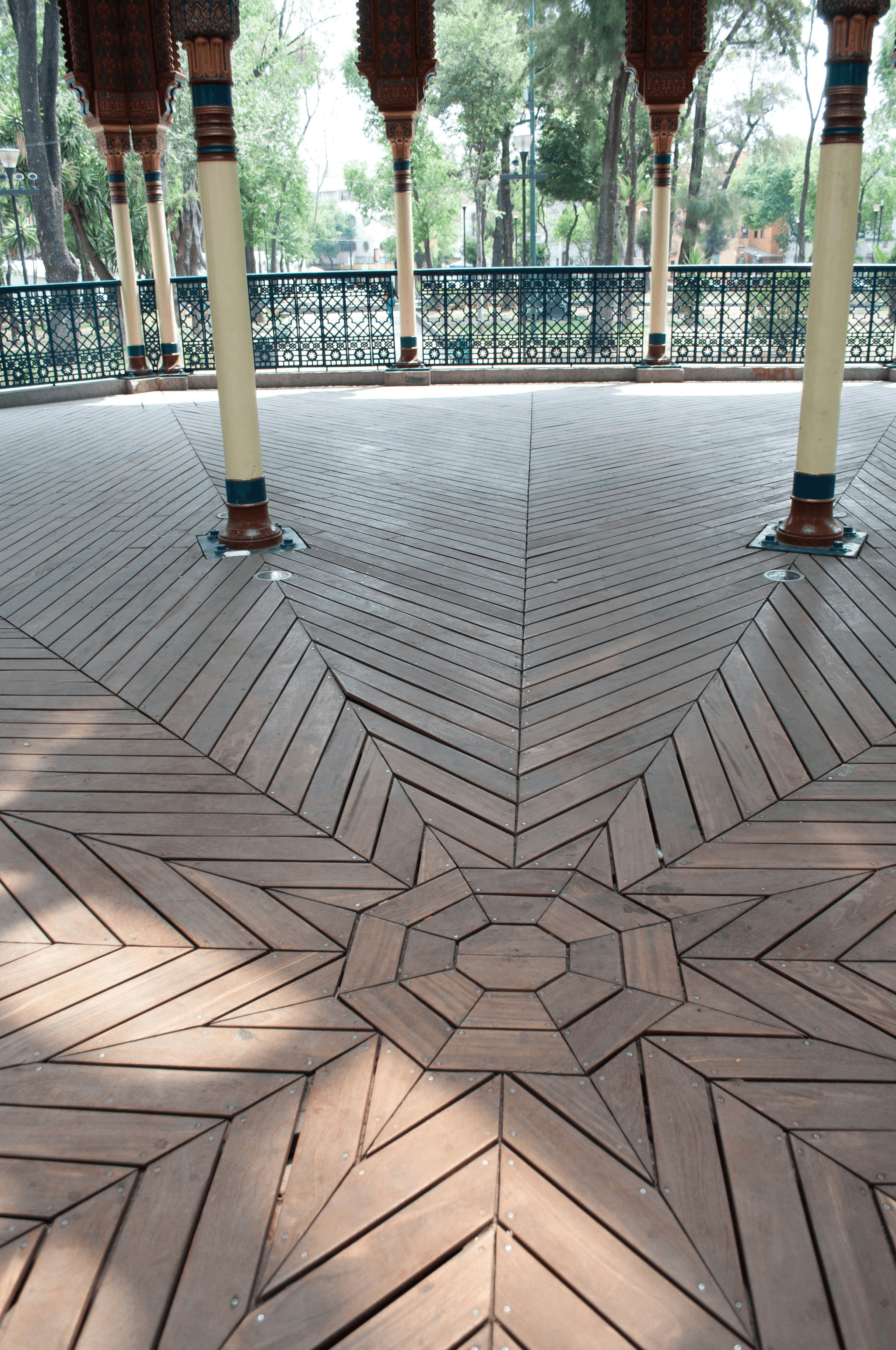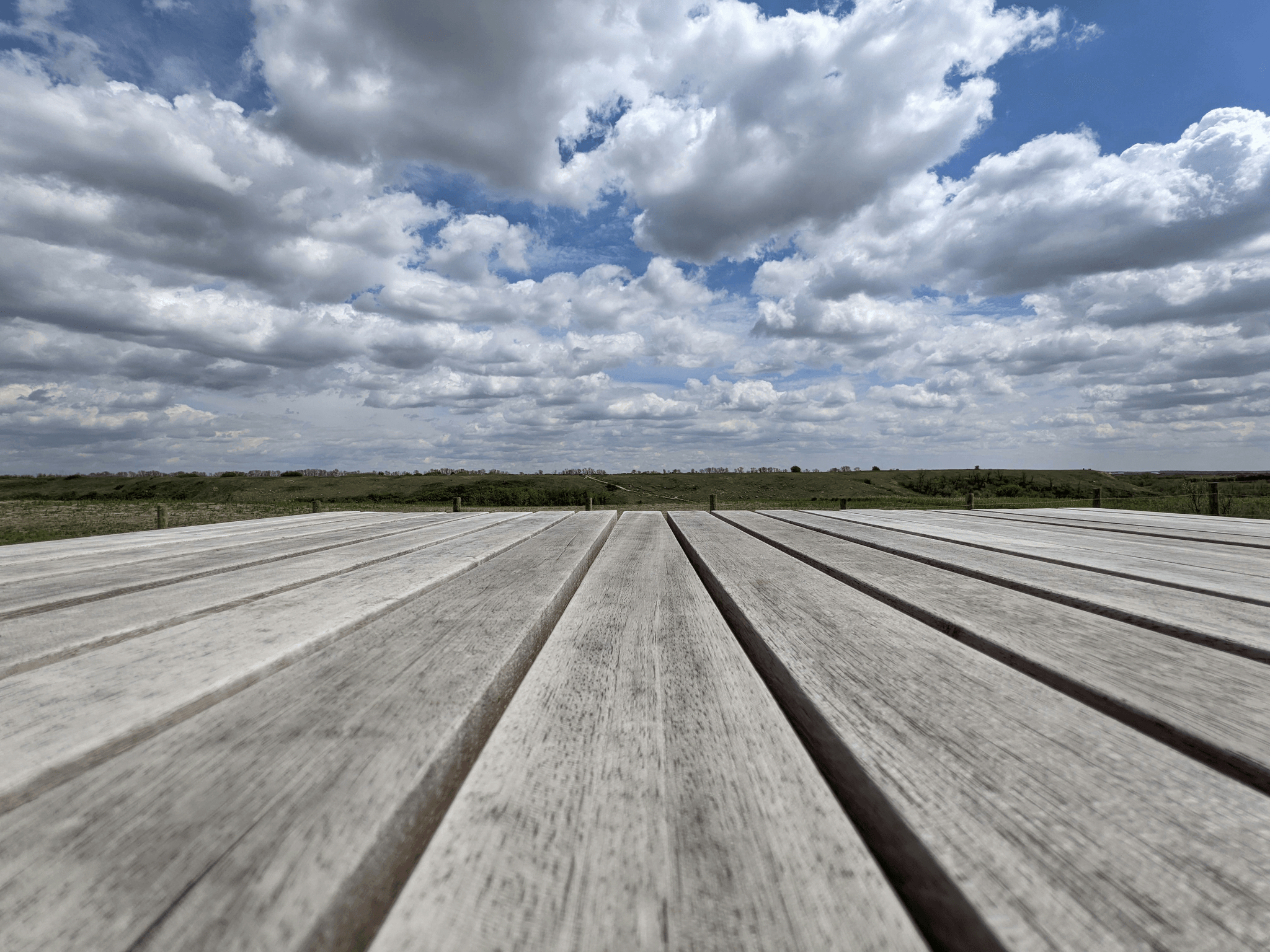Introduction
Proper spacing not only enhances the aesthetic appeal of your deck but also plays a crucial role in its overall performance and longevity. Understanding the importance of this seemingly minor detail can save you time, money, and headaches down the road.
Importance of Proper Composite Decking Spacing
Composite decking is designed to withstand various weather conditions, but without proper spacing between boards deck, even the best decking materials can fall victim to warping or splitting. Adequate composite decking spacing allows for necessary expansion and contraction due to temperature changes, ensuring that your deck remains intact over time. Ignoring this key aspect can lead to costly repairs and premature deterioration of your investment.
Impact on Longevity and Maintenance
The longevity of your deck composite decking relies heavily on how well you adhere to recommended spacing guidelines. When boards are too close together, moisture gets trapped between them, leading to mold growth and decay that can shorten their lifespan significantly. Conversely, proper spacing reduces maintenance needs by preventing damage from environmental factors—meaning more time for you to enjoy your outdoor oasis rather than worrying about upkeep.
Key Principles of Spacing
Understanding the key principles of composite decking spacing is essential for both DIY enthusiasts and seasoned professionals alike. The general rule of thumb is to maintain a gap that accommodates thermal expansion while allowing for drainage; typically around 1/8 inch in dry conditions and up to 1/4 inch in wet conditions for best results. By following these guidelines closely, you'll ensure that your deck not only looks great but stands the test of time.
Understanding Composite Decking Materials

Composite decking has revolutionized the outdoor living space, offering homeowners a durable and visually appealing alternative to traditional wood. Made from a combination of wood fibers and recycled plastic, this innovative decking material provides the best of both worlds: the natural beauty of wood with enhanced resilience. When considering composite decking spacing, it’s crucial to understand how these materials work together to create a long-lasting deck.
Overview of Composite Decking
At its core, composite decking is designed to mimic the look and feel of natural wood while eliminating many of the drawbacks associated with traditional lumber. These boards are engineered for strength and stability, making them less prone to warping or splitting over time. With various colors and textures available, composite decking can suit any style preference while providing a low-maintenance solution for outdoor spaces.
Benefits of Using Composite Decking
One of the standout benefits of using composite decking is its impressive longevity compared to traditional wooden decks. Unlike wood that requires regular staining and sealing, composite boards require minimal maintenance—just occasional cleaning with soap and water will do! Additionally, composite decking is resistant to mold, mildew, and insect damage, which means you can spend more time enjoying your deck rather than worrying about upkeep.
Why Composite Decking is Popular
The popularity of composite decking can be attributed to several factors that resonate with today’s homeowners. First off, it offers an environmentally friendly option since many brands use recycled materials in their production process—talk about going green! Furthermore, as people seek out low-maintenance lifestyles without sacrificing aesthetics or durability, composite decking emerges as one of the best options on the market today.
The Science Behind Composite Decking Spacing

Proper composite decking spacing can significantly impact how your boards deck performs over time, especially under varying environmental conditions. This section will delve into thermal expansion and contraction, the effects of moisture on spacing, and provide recommendations for achieving the best results with your decking material.
Thermal Expansion and Contraction
Composite decking materials are designed to withstand a variety of weather conditions, but they are not immune to thermal expansion and contraction. As temperatures rise, the boards deck will naturally expand; conversely, they will contract as temperatures drop. This phenomenon underscores the importance of maintaining appropriate composite decking spacing to accommodate these changes without causing stress on individual boards.
If you neglect proper spacing during installation, you may find that your composite decking becomes warped or buckled over time due to thermal fluctuations. The best composite decking options often come with manufacturer guidelines that specify recommended gaps between boards to mitigate these risks effectively. By following these guidelines diligently, you can ensure that your deck remains structurally sound regardless of temperature changes.
Effects of Moisture on Spacing
Moisture is another critical factor influencing composite decking spacing. When exposed to rain or humidity, the moisture content in the air can cause composite materials to swell slightly; this is particularly true for lower-quality options that may absorb water more readily than premium choices. Therefore, understanding how moisture affects your chosen decking material is essential for maintaining optimal spacing between boards.
In regions with high humidity or frequent rainfall, it's crucial to allow for extra space when installing your deck composite decking. This precaution helps prevent issues like warping or splitting caused by trapped water between tightly spaced boards. Ultimately, managing moisture effectively through proper composite decking spacing contributes significantly to the durability and longevity of your outdoor oasis.
Recommended Spacing for Best Results
To ensure you achieve the best results with your composite decking installation, adhering to recommended spacings is vital. Most manufacturers suggest a gap of approximately 1/4 inch between each board when using traditional fasteners; however, this measurement may vary based on specific product lines or local climate conditions. Always consult product documentation before starting installation so you can tailor your approach accordingly.
In addition to horizontal spacings between boards deck, it’s also important to consider vertical gaps around posts and railings—these should typically be around 1/8 inch—to allow for adequate airflow and drainage beneath the structure. Following these guidelines not only enhances aesthetics but also prevents long-term issues such as mold growth or premature wear on your best decking investment. With proper attention paid toward recommended spacings from day one, you'll be well on your way toward maximizing the lifespan of your new outdoor space!
How Spacing Affects Durability

Proper composite decking spacing ensures that each board can expand and contract without putting undue stress on its neighbors. If the boards are too close together, the result can be a deck that looks great initially but may suffer from warping or splitting over time.
Stress on Individual Boards
One of the most significant issues with improper composite decking spacing is the stress it places on individual boards. When boards are crammed together, they have nowhere to go during temperature fluctuations, which can lead to buckling and other forms of damage. This stress not only compromises the integrity of the boards but also detracts from the overall aesthetic appeal of your deck composite decking.
Prevention of Warping and Splitting
Correctly spaced composite decking acts as a buffer against environmental factors like humidity and temperature changes. Adequate gaps allow moisture to escape rather than getting trapped between tightly packed boards, which can lead to warping and splitting—a nightmare for any homeowner! By ensuring proper spacing, you create a more resilient structure that stands up against nature's whims.
Long-term Implications of Incorrect Spacing
Ignoring the importance of proper composite decking spacing can have dire long-term implications for your deck's lifespan. Over time, improperly spaced boards may require costly repairs or even complete replacement—defeating the purpose of investing in durable materials in the first place! To maximize longevity and maintain your outdoor oasis, understanding how spacing affects durability is crucial when selecting your best composite decking options.
Best Practices for Installing Deck Composite Decking

When it comes to installing deck composite decking, proper preparation is key to achieving a long-lasting and visually appealing outdoor space. Understanding the tools and materials needed, following a step-by-step guide for spacing, and being aware of common mistakes can make all the difference. Let’s dive into these best practices to ensure your composite decking project is a success.
Tools and Materials Needed
To get started on your composite decking project, gather the right tools and materials. You will need a measuring tape, chalk line, level, saw (preferably a miter saw), drill with appropriate bits, and screws designed for composite decking. Additionally, ensure you have spacers specifically meant for maintaining proper composite decking spacing between boards; this will help avoid any future issues related to expansion or contraction.
Choosing the best decking material is also crucial; opt for high-quality composite boards that are durable and resistant to moisture. Brands like Trex or TimberTech offer excellent options that stand the test of time while providing aesthetic appeal. With everything ready at hand, you’re poised for a smooth installation process.
Step-by-Step Guide to Spacing
Now that you've gathered your tools and materials, it's time to focus on the essential aspect of spacing during installation. Begin by laying out your first board along the edge of your deck frame; use spacers to maintain uniform gaps as you progress with additional boards deck-wise. The recommended spacing typically ranges from 1/8 inch to 1/4 inch depending on your specific composite decking product—always refer to manufacturer guidelines.
As you install each board, periodically check for alignment using a level; this ensures an even surface that enhances both functionality and appearance. Remember that proper composite decking spacing allows room for thermal expansion in hot weather as well as moisture absorption during wet conditions—both crucial factors in prolonging the lifespan of your deck. Once all boards are laid down with correct spacing in place, secure them firmly using stainless steel screws.
Common Mistakes to Avoid
Even seasoned DIYers can stumble upon pitfalls when it comes to installing deck composite decking; awareness of these common mistakes can save you time and money in the long run. One major error is neglecting proper spacing between boards; failing to account for thermal expansion may lead to warped or split boards over time—definitely not what you want! Always adhere strictly to recommended guidelines regarding composite decking spacing.
Another frequent oversight is using incorrect fasteners or not pre-drilling holes before screwing down boards—this can lead to cracking or splintering of your beautiful new material! Lastly, don’t rush through measurements; double-checking dimensions before cutting ensures precision cuts that fit perfectly together without gaps or overlaps in your finished product. By avoiding these missteps, you'll be well on your way towards creating an outdoor oasis with stunning deck composite decking!
Choosing the Right Decking Material

When it comes to selecting the ideal decking material, the choice often boils down to wood or composite options. Each type has its own set of advantages and disadvantages that can significantly influence your project. Understanding these differences is crucial for making an informed decision that aligns with your preferences and lifestyle.
Comparing Options: Wood vs. Composite
Wood decking has long been a popular choice for homeowners due to its classic aesthetic appeal and natural feel. However, it requires regular maintenance, including staining and sealing, to prevent issues like rot and warping over time. On the other hand, composite decking offers a low-maintenance alternative with enhanced durability, making it less susceptible to environmental factors that affect traditional wood boards.
The key consideration here is how composite decking spacing plays into each option's performance and longevity. While wood may expand or contract with moisture changes, proper spacing in composite boards helps mitigate these effects significantly. Ultimately, if you want hassle-free enjoyment of your outdoor space without constant upkeep, composite decking could be your best bet.
Evaluating the Best Composite Decking Brands
Not all composite decking brands are created equal; some stand out due to their innovative materials and design features that enhance performance. When evaluating options for deck composite decking, look for brands that prioritize quality ingredients, offer warranties, and have positive customer reviews regarding durability and aesthetics. The best composite decking brands will also provide clear guidelines on proper installation techniques—especially regarding spacing—to ensure optimal results.
In this crowded market of choices, conducting thorough research can lead you to discover standout products that meet your specific needs while ensuring longevity through proper maintenance practices like correct spacing between boards deck. Remember that investing in high-quality materials pays off in the long run as they help avoid costly repairs down the line.
Why Composite Decking Inc Stands Out
Among various manufacturers in the industry, Composite Decking Inc distinguishes itself by offering a unique blend of quality materials and exceptional customer service. Their products are crafted with advanced technology designed to withstand harsh weather conditions while maintaining vibrant colors over time—perfect for those who want their outdoor oasis looking sharp year-round! Moreover, they provide extensive resources on best practices for installing their products correctly—including tips on achieving perfect composite decking spacing.
What truly sets Composite Decking Inc apart is their commitment to sustainability; they utilize recycled materials without compromising performance or aesthetics in their deck composite offerings. This dedication not only benefits consumers but also contributes positively to environmental conservation efforts—making them a top contender when considering the best decking options available today.
Conclusion

In wrapping up our exploration of composite decking, it’s clear that understanding and implementing proper composite decking spacing is paramount for maximizing your deck’s longevity. With the right spacing, you not only enhance the durability of your boards deck but also simplify maintenance, ensuring that your outdoor space remains inviting for years to come. Investing time in learning about these principles pays off, as a well-spaced deck can withstand the elements and everyday wear.
Maximizing the Lifespan of Your Deck
To truly maximize the lifespan of your deck composite decking, adhering to recommended composite decking spacing guidelines is essential. This practice mitigates stress on individual boards, reducing the risk of warping and splitting over time. By choosing the best decking practices during installation, you can create a resilient outdoor structure that stands up to nature's whims.
Creating an Outdoor Oasis with Proper Spacing
Creating an outdoor oasis relies heavily on thoughtful design and execution—starting with proper composite decking spacing. When spaced correctly, your deck not only looks better but functions better too; it allows for adequate drainage and airflow, which are critical in preventing moisture buildup and prolonging the life of your decking material. Imagine lounging on a beautiful deck where every board has been placed with care; this is achievable with attention to detail in spacing.
The Future of Composite Decking Solutions
Looking ahead, innovations in materials and techniques promise to revolutionize how we approach composite decking solutions. As manufacturers continue to improve their offerings—making them more durable while enhancing aesthetic appeal—the best composite decking options will become even more accessible for homeowners seeking quality outdoor spaces. With ongoing advancements in technology and design, we can expect even better performance from our decks while maintaining optimal composite decking spacing.
